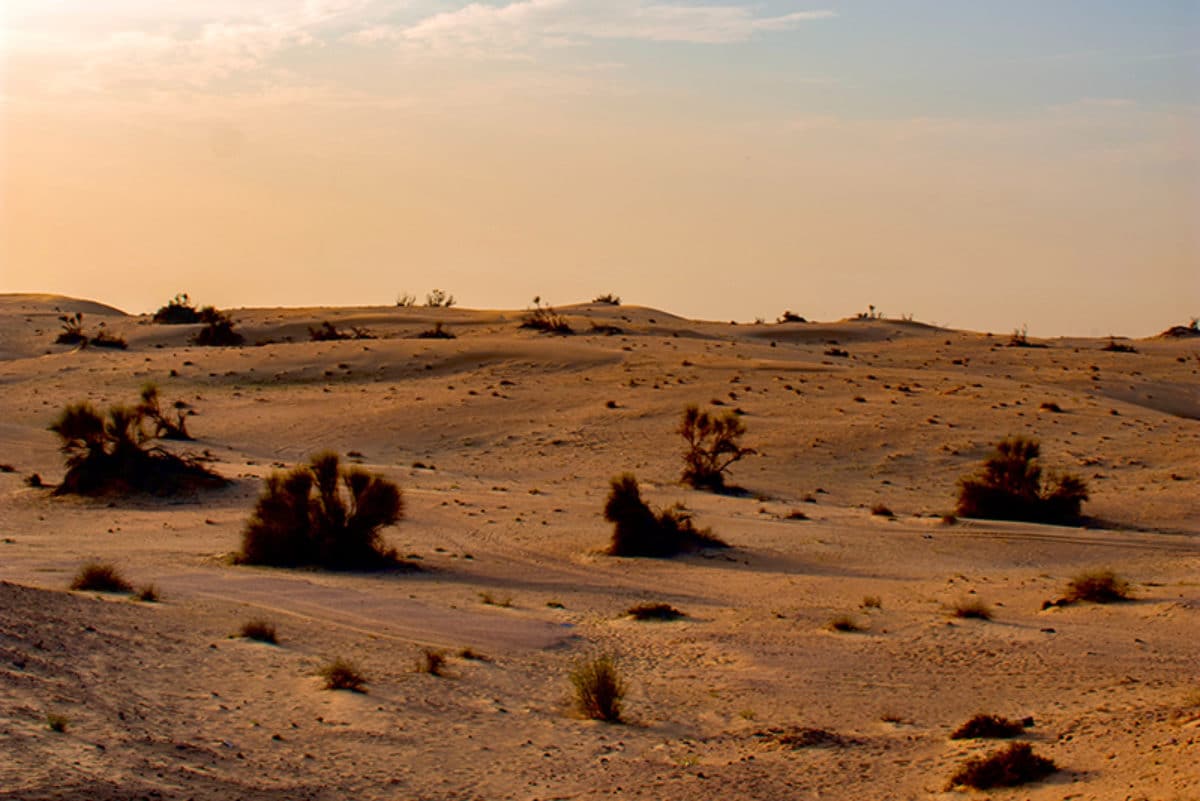4 Things That Never Say Enough
The book of Proverbs is called the “wisdom book.” It represents collected wisdom of Solomon but also other writers as well. In Proverbs 30, we have a chapter written by Agur son of Jakeh.
There’s little known about this man. He starts Proverbs 30 by lamenting his weariness and his own lack of wisdom. The chapter is sometimes known as the “numbered sayings” because it contains references to two things, three things and four things.
One of those is the numbered sayings of “never enough.” Agur tells us,
The leech has two daughters: Give and Give.
Three things are never satisfied; four never say, “Enough”:
Sheol, the barren womb, the land never satisfied with water, and the fire that never says, “Enough.” (Proverbs 30.15-16)
Agur uses metaphors to drive home the concept of “What is enough?”
Leeches will remain rooted in their host until they literally suck the victim dry. They have insatiable greed.
From there, Agur notes four things that are never satisfied, that never will say “Enough”:
- Sheol. The dark void seeks to lay claim to any and all to take them off the path. Death comes to all.
- An empty womb. Those who have gone through the heartbreak of infertility know the utter pain of never having a child. The womb is unsatisfied. (Note that there’s nothing wrong with wanting children; it is the over-desire that becomes the issue.)
- A dry land. It cracks. It is barren. Nothing profitable grows. Without water, it cannot sustain life.
- And fire. It never has enough. When ignited, it will keep consuming as long as it has oxygen. Without something to consume, it dies.
In each picture, Agur is trying to teach us the power of the heart that is always craving, never satisfied, never content.
I’m afraid that, for many, life might be described as the great unhappiness. We are travelers through a barren land with never enough. We are never content and always desiring more.
From “Never Enough” to Contentment?
Agur uses these vivid pictures to, at a minimum, question our cravings and, perhaps, to nudge us toward a place of contentment.
Foundational to contentment is a heart of gratitude, and together these two spur on a lifestyle of generosity. Gratitude, contentment and generosity are powerful engines for a life of joy.
With contentment in view, here are four questions to spur your thinking and discussion:
- Are there areas of my life in which I’m not content?
- Do I have enough?
- Do I have too much?
- How can I learn contentment?
This blog is part if a series on “4”: 4 Questions, 4 Things, etc. It’s a way of offering concise commentary. Check out the rest of the series of “4”!
Photo by Kon Karampelas on Unsplash
Share this Post
Published September 21, 2017
Topics: A Life of Faith

